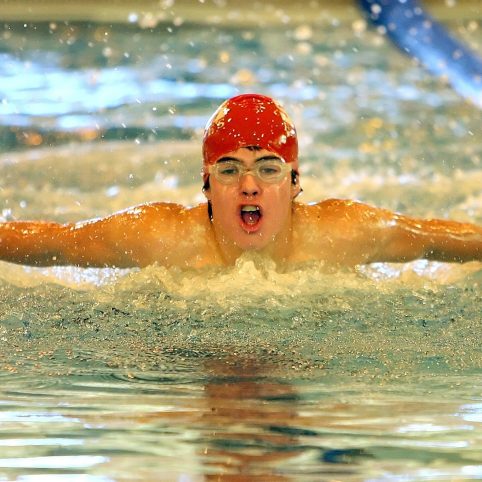Physical activity is an important part of a healthy life. Participation in sports, games and exercise is a fun way to improve the quality of our lives – physically, mentally and emotionally. Physical activity is really important for people with haemophilia as it helps to develop strong bones and muscles that protect the joints from the traumas of daily living.
Many secondary schools offer a range of sports including gaelic football, hockey, soccer, tennis, basketball and many others. Even with haemophilia and other bleeding disorders, teenagers are often encouraged to take part in sports. There are a few heavy contact sports that are not recommended for people with bleeding disorders, however, including rugby and boxing.
The suitability for participation in contact sports such as football will depend on a number of factors:
- the level of competition (high-level competition involves greater risk)
- the degree of severity of haemophilia
- the prophylactic therapy prescribed
- the condition of the joints.
Young people interested in starting a sport should discuss this with their comprehensive care team at CHI Crumlin or at the National Coagulation Centre (NCC) at St. James’s Hospital to ensure that it is safe and that they are on an appropriate treatment plan for this sport.
What Happens If A Bleed Occurs while playing sports?
Bleeds that occur as the result of a sports injury must be stopped with an infusion of factor concentrate, along with the application of “R.I.C.E.” – Rest, Ice, Compression and Elevation. Minor bleeds that can be resolved with a single infusion usually do not require much recuperation or rehabilitation. However, more serious bleeds can leave joints and muscles feeling stiff and sore for long periods. In these cases, flexibility and strength need to be slowly rebuilt before the sport is resumed. Serious bleeds that require multiple infusions should be evaluated by your doctor before clearance to resume the activity can be given.
